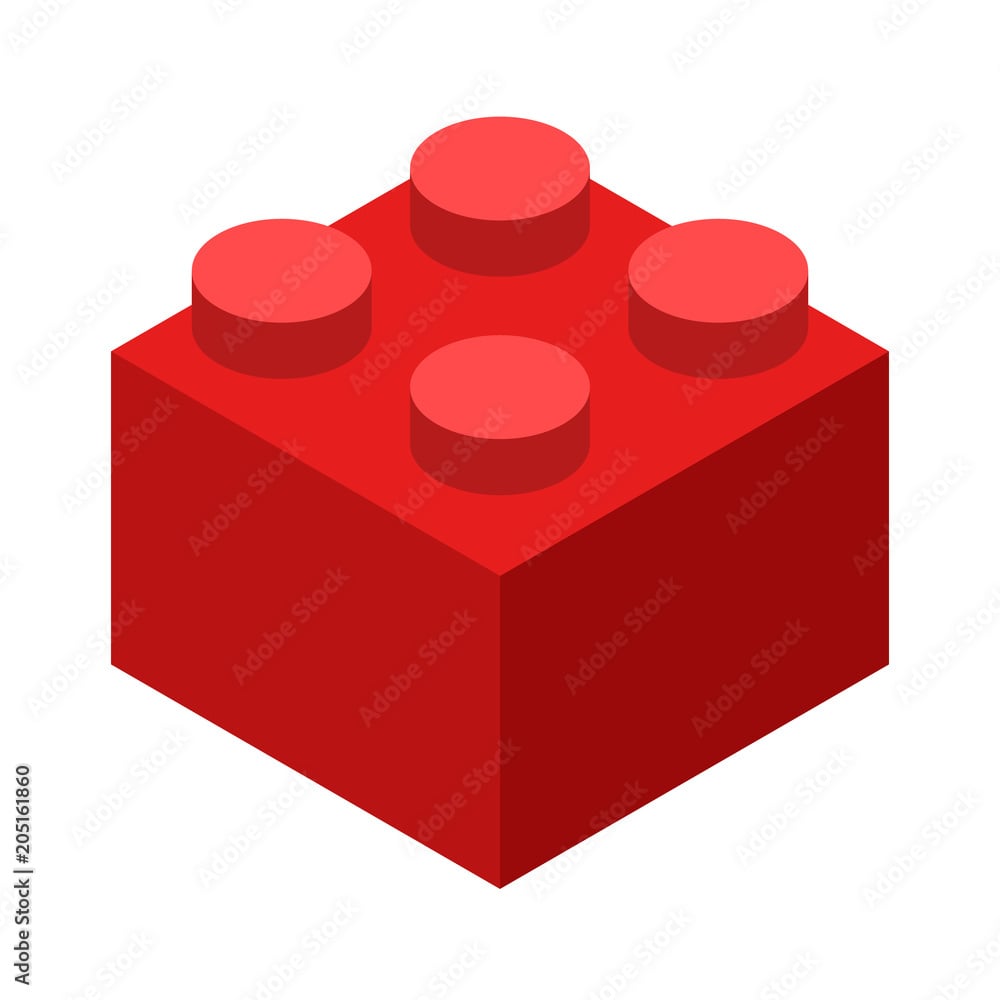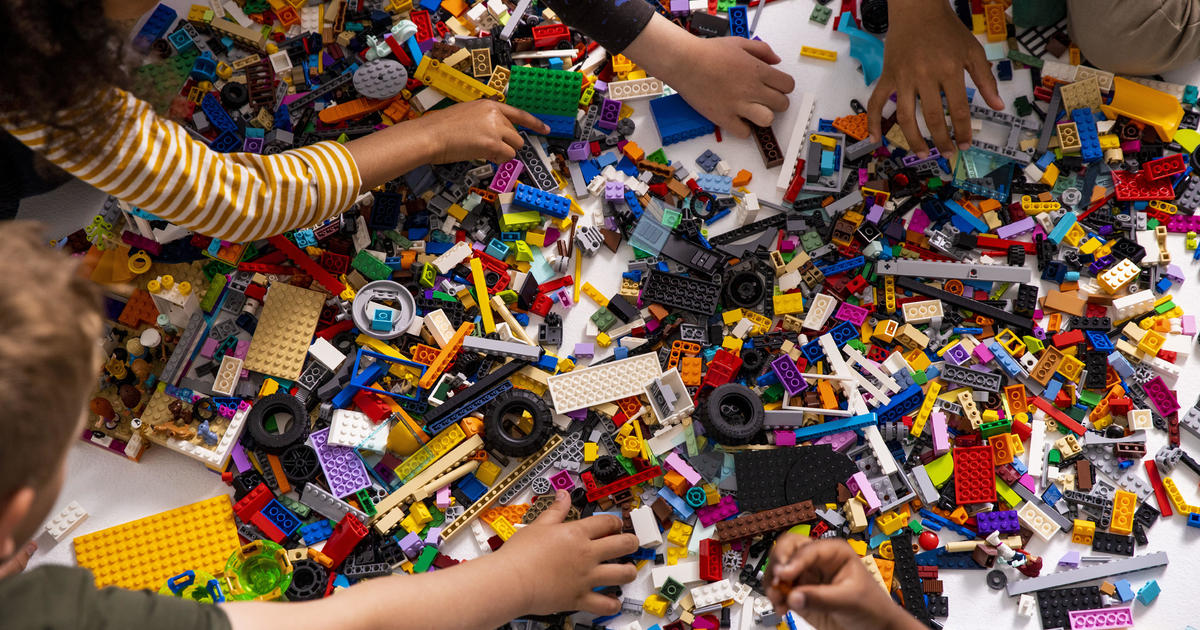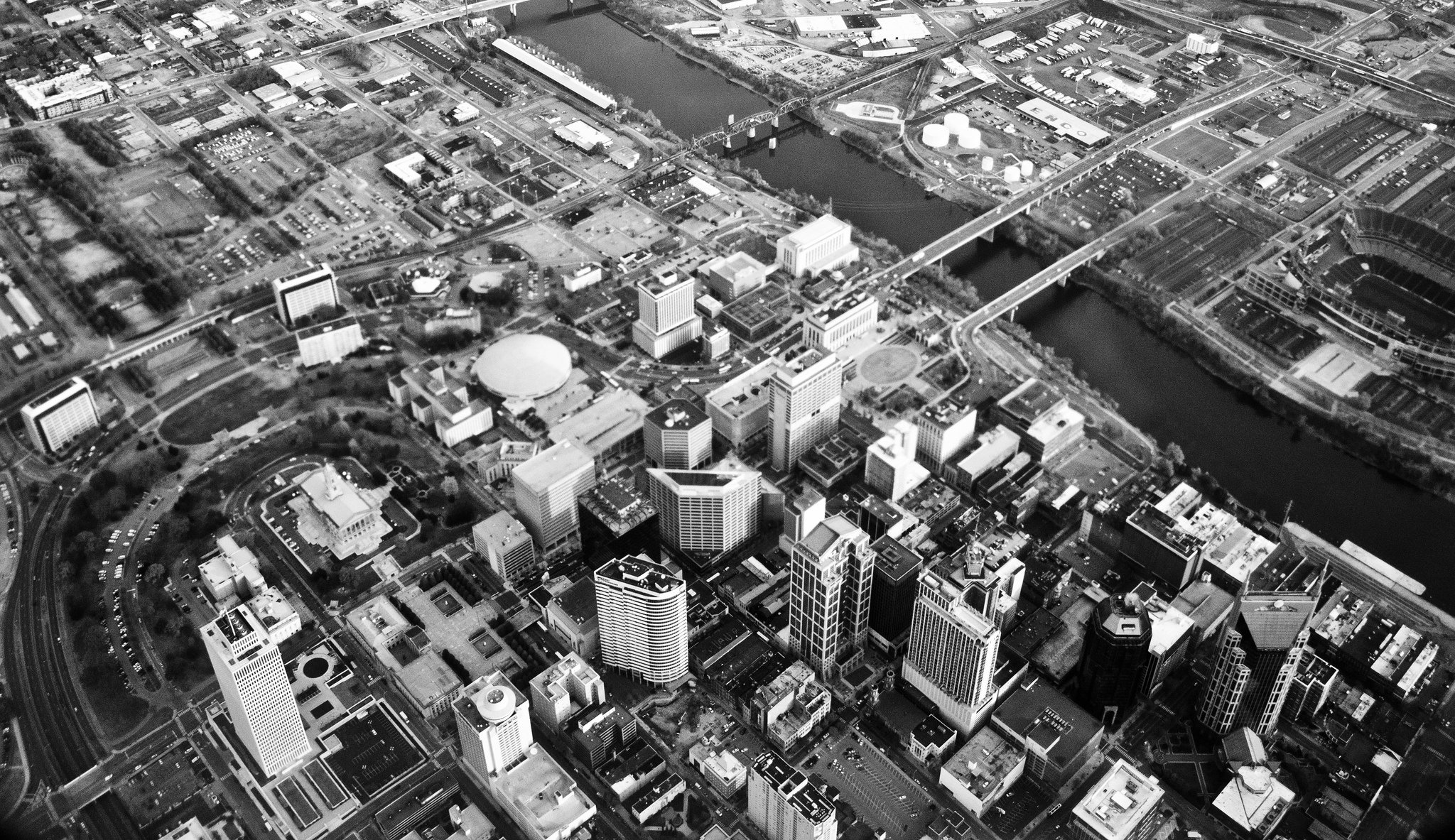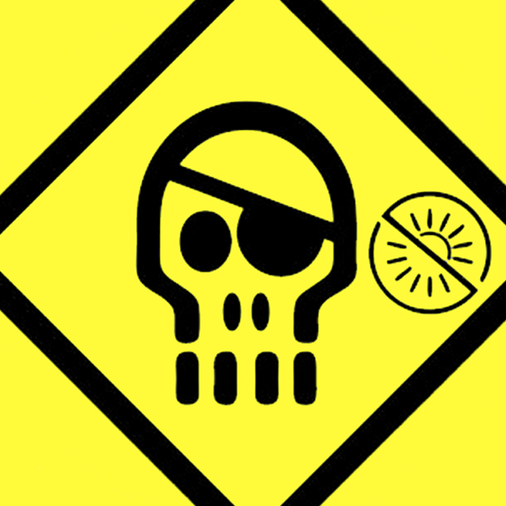Copenhagen, Denmark — Denmark’s Lego said on Monday that it remains committed to its quest to find sustainable materials to reduce carbon emissions, even after an experiment by the world’s largest toymaker to use recycled bottles did not work. Lego said it has “decided not to progress” with making its trademark colorful bricks from recycled plastic bottles made of polyethylene terephthalate, known as PET, and after more than two years of testing “found the material didn’t reduce carbon emissions.”
Lego enthusiastically announced in 2021 that the prototype PET blocks had become the first recycled alternative to pass its “strict” quality, safety and play requirements, following experimentation with several other iterations that proved not durable enough.
The company said scientists and engineers tested more than 250 variations of PET materials, as well as hundreds of other plastic formulations, before nailing down the prototype, which was made with plastic sourced from suppliers in the U.S. that were approved by the Food and Drug Administration and European Food Safety Authority. On average, a one-liter plastic PET bottle made enough raw material for ten 2 x 4 Lego bricks.
Despite the determination that the PET prototype failed to save on carbon emissions, Lego said it remained “fully committed to making Lego bricks from sustainable materials by 2032.”
The privately-held Lego Group, which makes its bricks out of oil-based plastic said it had invested “more than $1.2 billion in sustainability initiatives” as part of efforts to transition to more sustainable materials and reduce its carbon emissions by 37% by 2032, Lego said.
The company said it was “currently testing and developing Lego bricks made from a range of alternative sustainable materials, including other recycled plastics and plastics made from alternative sources such as e-methanol.”
Also known as green methanol, e-methanol is composed of waste carbon dioxide and hydrogen, created by using renewable energy to split water molecules.
Lego said it will continue to use bio-polypropylene, the sustainable and biological variant of polyethylene — a plastic used in everything from consumer and food packaging to tires — for parts in Lego sets such as leaves, trees and other accessories.
“We believe that in the long-term this will encourage increased production of more sustainable raw materials, such as recycled oils, and help support our transition to sustainable materials,” it said.
Lego was founded in 1932 by Ole Kirk Kristiansen. The name derived from the two Danish words, leg and godt, which together mean “play well.” The brand name was created unaware that lego in Latin means "I assemble."
It would be great to stop requiring petroleum, but I appreciate that they’re putting a priority on reducing greenhouse gas emissions first and foremost and aren’t going to keep this project moving forward just to greenwash. It would be easy to not admit the mistake, but good on them for making a commitment and really meaning it.
It might just be more expensive/not worth the retooling. It’s very easy to manipulate these numbers to get the answer you want.
The sustainable approach is not to recycle old plastic into new blocks. But use the old blocks again.
However, this doesn’t make businesses money.
I do not have any facts to back this up. But I would believe that very little lego goes to landfills given it’s high value. And it is pretty durable and doesn’t brake easily.
Except the brown pieces… but I think they fixed that.
However, this doesn’t make businesses money.
They recently bought bricklink, so actually it does!
I’m glad their concerned about it. As far as plastics go, Lego is the most reusable and long term use product I can think of. But if they find an alternative, they can be a model for everyone else.
I have bricks in my collection that are 50 years old and still in use.
Absolutely! The only things I can think are those brown pieces that liked to break prematurely, but most all Lego is still relevant and valuable today.
If anything, they should just initiate a Lego recycling program of just taking back Lego blocks that are already out there and produce less new blocks. You’ve got older Lego blocks that are just wasting away in people’s basements. Collect that shit up, clean it off, and resell it.
In writing this, I discovered they already have a program like this: www.lego.com/replay they donate it all to charity.
I think charity is a great option. There are all sorts of micro scratches on bricks that should be hard to detect if you sold them in new sets, but donating them or even selling them on somewhere like brinklink will decrease the demand on new Lego bricks.
There are all sorts of micro scratches on bricks that should be hard to detect if you sold them in new sets
I’m not so sure about that; inspection cameras used on high-speed manufacturing lines are pretty darn capable these days. I suppose the trick might be turning the pieces in order to make sure the cameras got a good view of all the sides.
Personally, I think keeping the micro-scratched bricks (rejecting only the ones that have been chewed on etc.) and remanufacturing them into a new line of specially branded as remanufactured sets would be cool. Maybe with an “eco” theme, kinda like they apparently did before, or (perhaps even better) re-issues of really old sets (like, say, the “Classic” Space stuff from the '80s) based on old brick availability.
I’m not sure what the thinking was to begin with, plastic bottles are already turborecyclable, if you recycle a plastic bottle it’ll just 99% be turned into another plastic bottle.
Now if they could figure out how to turn other plastics than PET into lego blocks that’d be sweet.
I’m still waiting for the non-plastic part bags that were promised, what, 3-4 years ago.
Two sets I’ve recently bought and built came with paper part bags.
UCS X Wing and Curiosity were the last two sets I bought and both still used plastic. I’m curious to know which you bought that had paper?
Watched a review on the Concorde. It uses paper bags.
They had a surplus of the plastic bags, so instead of trashing that they are using it all. But there are newer sets with the paper bags.
I’ve bought the UCS X-Wing and Curiosity sets and both were still using plastic. I have a hard time believing they had a surplus of plastic bags that lasted this long.
Recycling is hard. That said, carbon emissions aren’t the only reason to do more eco friendly manufacturing. Not having giant piles of garbage and polluted environments are also pretty decent reasons.
Recycling is hard. That said, carbon emissions aren’t the only reason to do more eco friendly manufacturing. Not having giant piles of garbage and polluted environments are also pretty decent reasons.
Really unnecessary for OP to post this on multiple communities. I’ve seen this article four times now.







